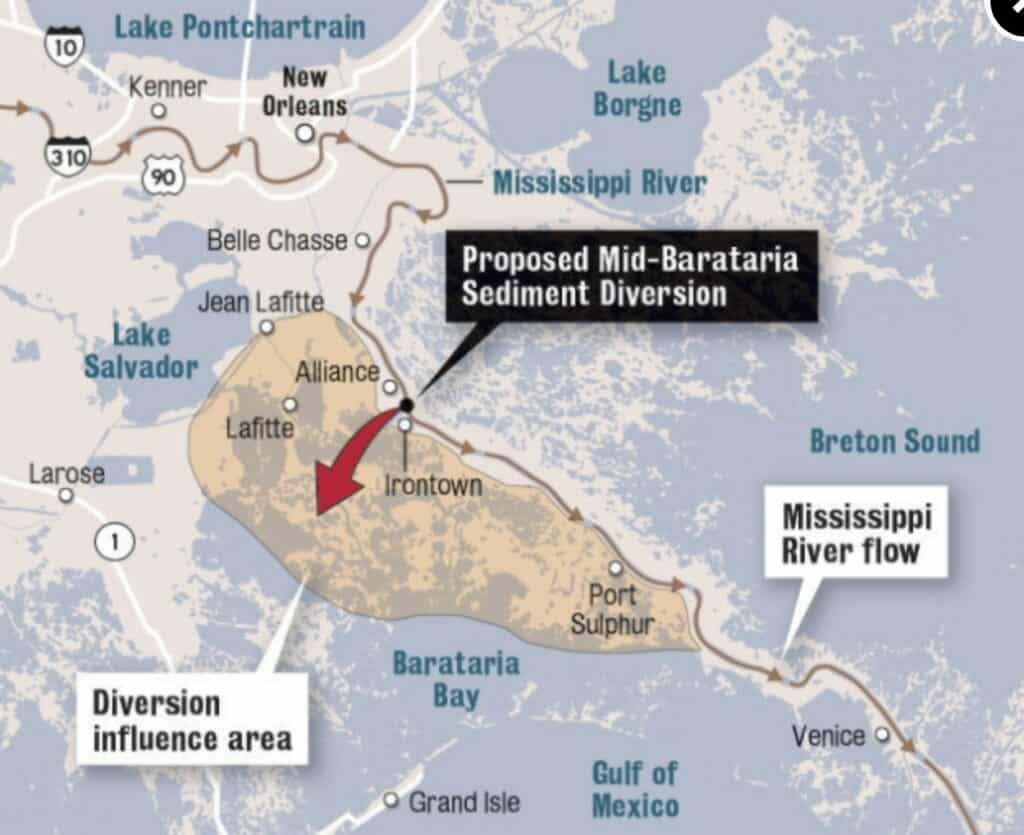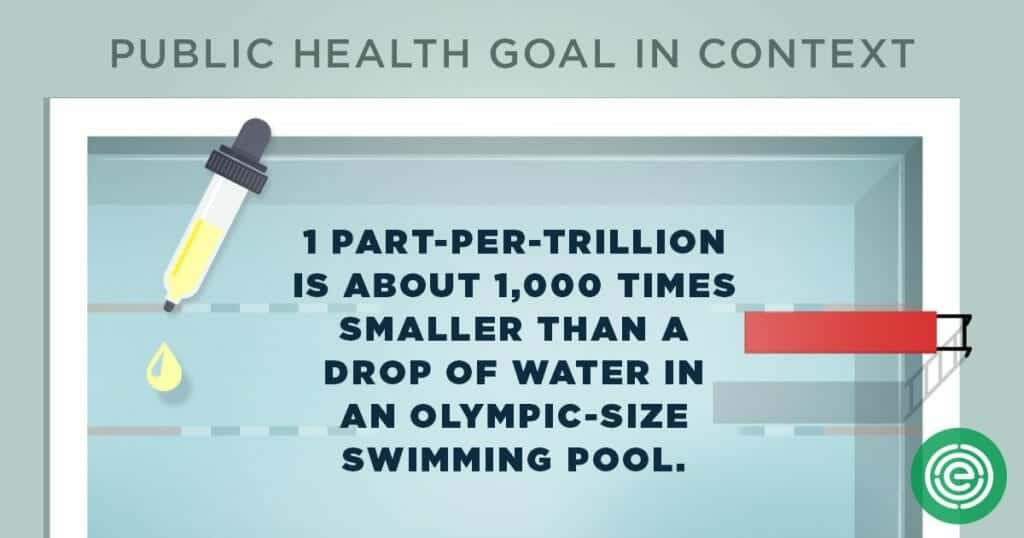Official terms and definitions
For convenient reference
contaminants
Any physical, chemical, biological, or radiological substances or matter in water.
dredging
The removal of silt, sand, and other sediment from the bottoms of rivers and other water bodies. For example, the Mississippi River gets its muddy color from the natural downstream flow of sediment. The underwater buildup of these particles reduces the river’s depth, making it impassible for ships and other large vessels. Dredging is commonly used to maintain or increase depths in shipping channels and ports. The increasing size of cargo ships has necessitated deeper and more frequent dredging of the Mississippi.
See: types of dredge equipment and uses of some dredged material (an industry viewpoint)
freshwater diversion
The process of moving water from a river into a nearby body of water via a human-made channel. The infusion of freshwater is usually aimed at restoring the natural functions of a wetland or bay. Freshwater can slow the intrusion of saltwater from elsewhere and promote marsh growth. It can also improve oyster-growing areas that have become too salty. Unlike a sediment diversion, the primary goal of a freshwater diversion is not to create land. However, some freshwater diversions have moved significant quantities of river silt and sand into marshlands.
See: the Caernarvon diversion and other Louisiana examples
leachate
Liquid waste that seeps from refuse stored in a landfill.
maximum contaminant level (MCL)
EPA sets the enforceable regulation, called a maximum contaminant level (MCL), as close to the health goals (the MCLG) as possible, considering cost, benefits, and the ability of public water systems to detect and remove contaminants using suitable treatment technologies. See: maximum contaminant level goals
maximum contaminant level goals (MCLG)
Non-enforceable health goals, established by the EPA, based solely on possible health risks and exposure over a lifetime with a margin of safety. See: maximum contaminant level
one part per trillion
Safe Drinking Water Act
This 1974 law requires EPA to determine the level of contaminants in drinking water at which no adverse health effects are likely to occur.
sediment diversion
A process in which a channel is built to let river water — and the silt and sand suspended in it — flow into a nearby body of water, usually as a tool for restoration. Before the Mississippi River’s extensive levee system was built, sediment flowed freely into southeast Louisiana’s marshes and swamps when the river overflowed its natural banks. Now, rather than spill out and replenish these landscapes, much of the sediment stays in the river and is channeled into the Gulf of Mexico. Sediment-starved wetlands are rapidly eroding and sinking due to river channeling and natural subsidence. Sediment diversions aim to replicate the wider flow of sediment while also keeping levees intact.

See: The state of Louisiana plans to build two large sediment diversions in Plaquemines Parish.
turbidity
Turbidity is the name given to define the “cloudiness” or “haziness” of a given fluid. This haziness is usually caused by suspended solids present in the liquid, which are often invisible to the naked eye in their individual form but which can be seen by their collective presence and the cloudiness it engenders. See more about the causes and effects.
wetland restoration
Actions intended to revive the natural functions of a swamp or marsh. Wetlands are landscapes that receive frequent or continual water inundation. In Louisiana, for example, there are two types of wetland:
- Swamps are dominated by woody plants or trees, including cypress and mangroves
- Marsh is characterized by grasses, reeds and other soft-stemmed plants.
Wetlands provide significant habitat for many kinds of wildlife and may serve many functions within a regional ecosystem.
See: Louisiana’s coastal wetland losses, causes, and remedies

